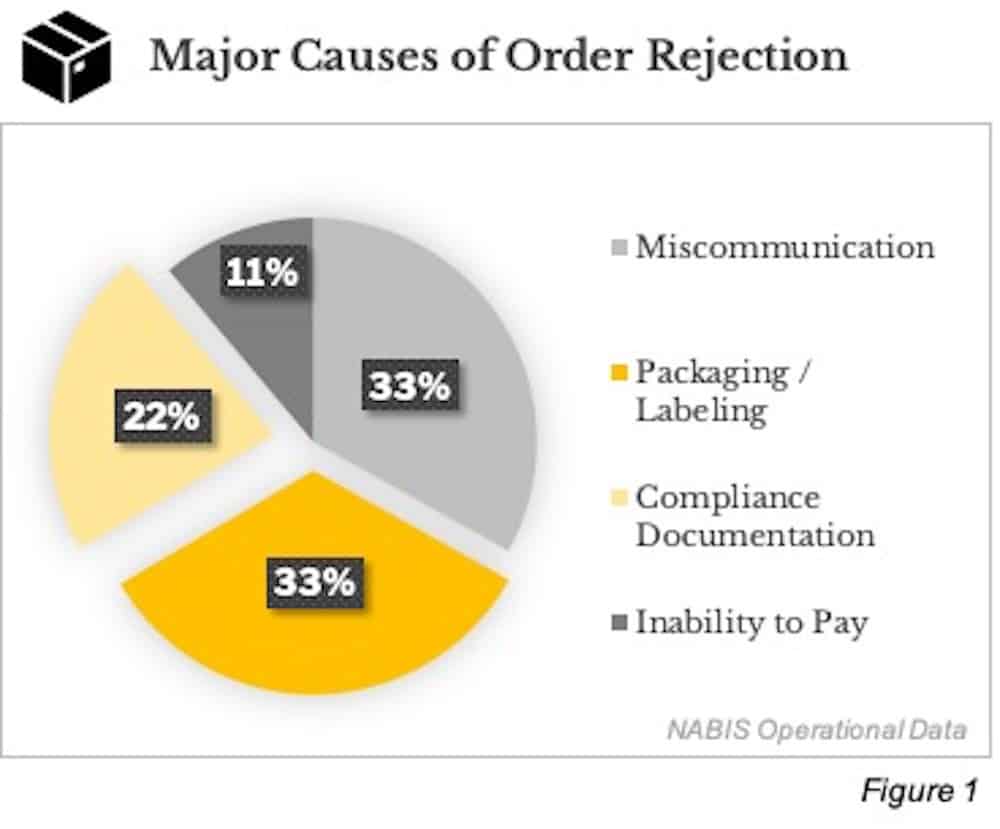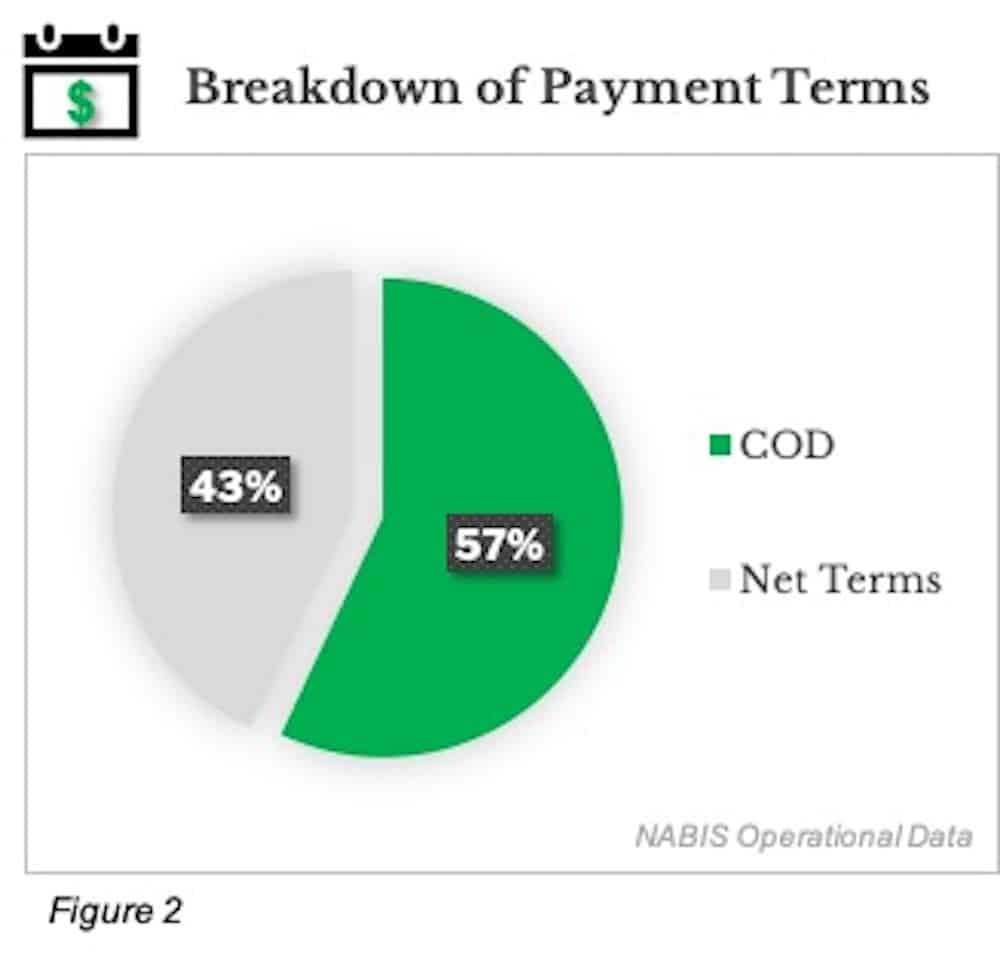California recently passed the one-year mark of recreational cannabis legalization. Many of the major regulatory problems are being addressed and enforcement is underway. Operators are adapting to the latest compliance rules, but there’s still a major problem with actually staying afloat as a cannabis business in 2019: cash flow.
It is no secret that venture-backed and Canadian operators are bringing a massive influx of capital into the U.S. market. Meanwhile, long-standing brands and farmers are fighting an uphill battle to claim their fair share. For a brand, it can take up to 60 days from the first day of production to see any payment for their products. For a farmer, it takes even longer. This has led to an imbalance in working capital where operators are struggling to pay their staff and invest in future production capacity. The resulting production lag also negatively affects retailers (dispensaries and delivery businesses) by making inventory replenishment less reliable.
Nabis, a leading licensed distributor of cannabis products, has seen first-hand how harmful this long feedback loop can be to cannabis businesses throughout the supply chain. After working with 40 brands and shipping products to 90% of all licensed retailers in California, Nabis has discovered two particular problems that cause this imbalance: rejected deliveries and payment terms.
Rejected Deliveries
Even if cannabis products pass the numerous testing requirements to ensure they are safe for consumption, there is still a substantial risk that they will be rejected by retailers. Retail delivery of products is one of the most heavily regulated parts of the cannabis supply chain. Making a successful wholesale delivery is so fraught with challenges that some dispensary owners in San Francisco estimate they accept less than half of all orders placed with brands. Nabis identified recurring patterns associated with deliveries that result in failed or rejected orders (Figure 1).
The most frequent cause of rejection is compliance—over 50% of order rejections are a result of non-compliant packaging or inaccurate documentation. There are a host of state-mandated regulatory requirements on cannabis packaging and transportation that are evolving constantly. Strict cannabis regulations encompass all aspects of an order delivery: vehicles, employment status of drivers, product, documentation, and payment. Regulations also vary by municipality, further complicating delivery requirements.

As a direct response to this issue, Nabis has invested resources in developing software that automates compliance and makes close coordination between brands and retailers easier. These targeted efforts have led to a 98% order delivery success rate in 2019 – a bar Nabis looks to continue raising as the year progresses.
Payment Terms
No transaction is complete until payment is collected. So far, Nabis has seen that more than 40% of all orders are placed on net payment terms as opposed to cash on delivery (COD) (Figure 2). Net payment means that the transaction amount on the invoice is expected to be paid by the buyer sometime in the future. As the bargaining power of retailers increases due to the cap on the number of retail licenses issued by each municipality, net payments are quickly becoming the norm for wholesale cannabis transactions.

According to thousands of wholesale transactions coordinated by Nabis in 2018, one out of four orders carry a 30+ day payback period. Not only do net terms strain working capital for producers, they also effectively double the logistical challenges for operators, as they must coordinate return trips for collections along with additional orders. Nabis has devoted significant operational resources to help brands keep their outstanding payment balance in check. The task has also grown more manageable as Nabis increases the frequency of return trips, allowing for more streamlined collections and order delivery efforts overall.
Operators should ensure the issues above are not bottlenecks to growth, and understand:
- “What is our delivery rejection rate and corresponding impact on revenue?”
- “How do we minimize order rejections and complications?“
- “What is our outstanding account receivables balance?”
To learn more about these topics, come talk to us at Nabis and find us on Instagram. For any inquiries, please reach out to Nabis’ Director of Strategy & Information Rob Koch.














